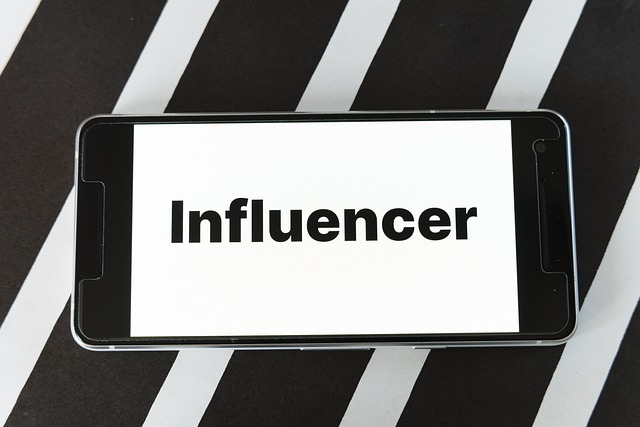The emergence of social media influencers has introduced a new layer to the insurance market. Followings of that size have the power to shape consumer perceptions around insurance products, and that also applies to influencers, not just brands. In this piece, we explore the recent patterns in social media influencer marketing for an insurance company and modify the level of insurers.
Influencers and insurance marketing
Social media influencers can drive brand awareness and education. Social media influencers can be instrumental in raising brand awareness and sharing information about various insurance products, their benefits, and the relevant add-ons that could drive consumer interest. Influencers may share their own experiences about an insurance company, or they can create content—be it funny memes or relatable explanations—to help understand complex insurance topics.
One is targeted marketing: Given their detailed audience demographics, influencers can serve as a helpful means for insurance companies to expand into specific consumer segments. This made my marketing campaigns more effective by partnering with influencers who appeal to a certain age group, lifestyle, or profession.
Strengthen Trust and Credibility: Shifting attention from traditional ads as a signal of mistrust about influencers. Influencers: Insurance companies can gain credibility and authenticity when partnering with a reliable influencer, something that speaks directly to potential customers.
Latest News and Trends:
Consequently, the potential for regulation will rise in the domain where disclosure requirements are now on the rise with regard to influencer marketing and naturally paid content. To guarantee transparency with their followers, influencers must reveal whether they are being paid by insurance companies.
Increasing on that point is the 3rd-factor coming trait inside of coverage influencer marketing: recognition of monetary literacy. They are now using influencers to educate their followers about the importance of proper insurance and being financially literate.
Image via social media today Rise of Micro-Influencers: While mega-influencers with millions of followers will always be a powerful marketing tool, there has been an increased emphasis on micro-influencers who have small but engaged communities. Micro-influencers frequently receive a higher engagement rate and can offer a more grounded voice for insurance products.
Why Influencer Insurance: Along with more involvement in promoting insurance products comes the need for unique or specialized insurance coverage. This includes coverage for errors and omissions (E&O) if there is any factual inaccuracy or misinformation, and cyber liability due to compromised data from a breach or hack.
Examples:
Life insurance options for millennials (sourced): A large life insurance company and a top Instagram financial influencer shared educational video content on various platforms.
A health insurance company partnered with a fitness blogger to push their wellness plan direct-to-consumer through social influencers, creating sponsored posts and giving out incentives for users who completed exercise challenges on Instagram.
(required citation): A new regulatory body was compelled to provide social media influencers with a straightforward notice that all collaborations with insurance companies have been funded.
Problems and thoughts:
Balance in Promotion: To keep a check on over-endorsement, influencers with style have to strike a balance between promoting a product and staying authentic. Readers do not fall for fake endorsements, and ultimately, it harms both the influencer and the insurer’s reputation.
Regulatory Landscape The regulatory landscape of influencer marketing is evolving and complex. Influencers and insurance companies alike must continue to remain up-to-date regarding disclosure law regulations from a risk management standpoint.
Metrics and ROI: When it comes to tracking the return on investment (ROI) of influencer marketing campaigns, insurance companies have difficulty. Understanding the kind of metrics to develop and tracking engagement rates is important if you want to know how effectively these campaigns are helping on your growth path.
Conclusion:
In the insurance sector, social media influencers are consequently exerting a huge impact, just like anywhere else. Influencers who build transparent partnerships and produce meaningful content that educates and empowers consumers can help drive responsible insurance behavior. The insurance industry now needs to reevaluate its marketing strategies and incorporate influencer collaborations, all while dealing with an evolving regulatory environment.
